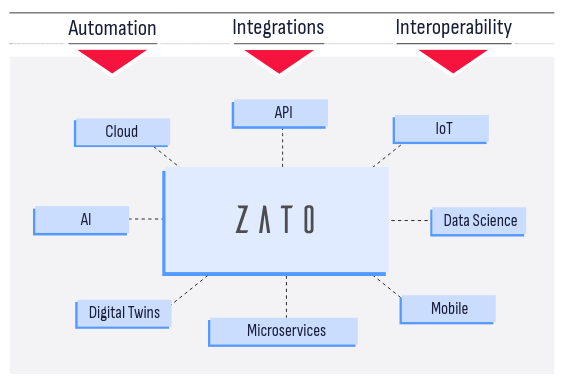How organizations like yours succeed with Zato

"Zato Source has been a huge asset in helping us do things the correct way. They are really easy to work with, and always come with fresh ideas to help us design what we need."

"Zato Source is the house of problem solvers. They enabled us to overcome major pain points thanks to their ability to really understand and deliver exactly what we need."

"When you're dealing with a massive company, often it seems they don't really care about you. That's not the case with Zato Source. They are responsive and always available to help."

"I would highly recommend Zato Source because it's been such a good experience working with them. They're fast, very reliable, and very proactive. It's a really good, easy relationship."
 — John Adams
— John Adams